As early as 150AD, Claudius Ptolemy wrote of a snow capped mountain range deep in the heart of Africa which he claimed was the source of the world’s longest river, The Nile. He called it “Mountains of the Moon.” Indeed, over the centuries, mountaineers who later explored Ptolemy’s mountains found the high Rwenzori glaciers and snow peaks whose melt waters certainly represent the highest springs of the Nile. The alpine highland glaciers, snowfields and blue cirque lakes make Rwenzori one of Africa’s most beautiful mountain parks. The elusive mountains of the moon whose snow capped peaks are often veiled by clouds and mist rises up to 5,109m above sea level. Rwenzori is Africa’s tallest mountain range exceeded in altitude by Mt. Kilimanjaro and Mt. Kenya, carrying Africa’s third, fourth and fifth highest peaks that are visible from miles around. Some of its peaks (*incomparable, beautiful and mist-shrouded) carry permanent snow and glaciers, while the lower slopes are covered with dense forest. The Mountain’s slopes above 1,600m are the preserve of hikers who rate the Rwenzori to be the most challenging of all African mountains. A variety of large mammals inhabit the lower slopes but the Rwenzori Mountains are notable more for their majestic scenery and varied vegetation. Its five distinct vegetation zones, montane forest, bamboo forest, tree heath-bog, Hagenia Rapanea scrub and afro-alpine moorland provide a unique backdrop to one of the most magnificent national parks in the world. Several endangered species and very unusual cloud forest flora like giant heathers, groundsels and lobelias, characterize the ranges as ‘Africa’s botanic big game’. In 1991, Rwenzori Mountains was gazetted as a National Park and in 1994 UNESCO inscribed it as a World Heritage and later a RAMSAR site.
LOCAL PEOPLE
The Rwenzori Mountains are the homelands of the Bakonjo and Bamba peoples. The indigenous people are Bantu speaking community who have lived in the foothills of the mountains for generations, and whose culture is adapted to the steep slopes and climate of the Rwenzori.
ATTRACTIONS
Mountains of the Moon
Mountain climbing is the most attractive activity on the legendary “Mountains of the Moon” that ties between altitudes 0° 06′ South and 0° 46′ North and longitudes 29° 47′ West and 30° 11′ East. Its diverse heavily snowcapped peaks are one of the few pristine and spectacular landscapes of the world The ranges are scenic with pristine and spectacular landscape that comprise of waterfalls, blue cirque lakes, snow clad peaks and stratified vegetation which is an attraction not only for visitors, but also creates potential for research as well as resources for the nearby communities.
Wildlife
The park is also home to 18 species of mammals, 217 species of birds. 9 species of reptiles and 6 species of amphibians, Large mammals that include: elephant, buffalo, giant forest hog, bush buck, chimpanzee and leopard are present but rarely seen, however in the forest zone, droppings of elephants are frequently seen, while noisy chimpanzee, blue monkeys, black and white colobus monkeys are common. In the Rwenzoris there are also some unique and rare animal species like the three horned chameleon, the Rwenzori colobus, Rwenzori Turaco and the Rwenzori double collared sunbird.
The park is also a cultural heritage for the neighboring communities. Eighteen charismatic sacred sites have been identified, mapped and protected as worship areas.
ACTIVITIES
Trekking, Nature Walks, Peak Climbing/Mountaineering.
HOW TO GET THERE
By Road
Rwenzori Mountains are located within four district Bundibugyo, Ntoroko, Kabarole and Kasese districts in Western Uganda bordering Virunga National Park in the Democratic Republic of Congo (DRC). The two major entry points to ascend to the Peaks (Nyakalengija central circuit and Kilembe Trail) are located near Kasese town while the third Nature walk trail head is at Kazingo near Fort Portal town in Kabarole District. The Nyakalengija trail head which is 22km off the Kasese-Fort Portal road and 25km north of Kasese town can be reached from Kampala via Fort Portal road (375km) or via Mbarara and Queen Elizabeth National park (450km).
By Air
Can be arranged on chartered flights from Kampala at either Kajjansi airfield or Entebbe International airport to Kasese airfield
ACCOMMODATI0N
SPECIALIZED TOUR OPERATORS
- Great Lakes Safaris Limited
- Maranatha Tours and Travel
- Home to Africa Tours and Travel Company
- Matoke Tours

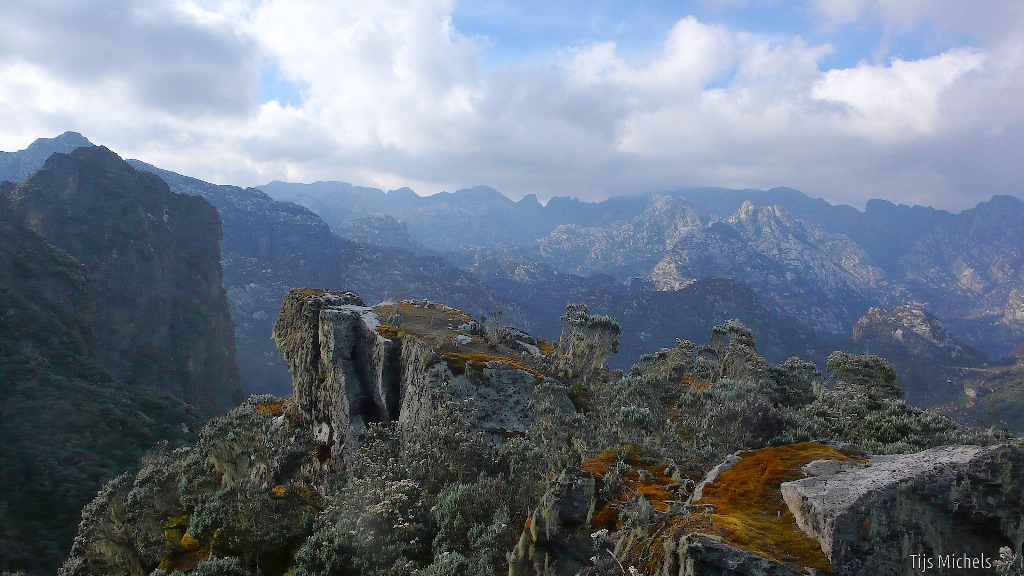

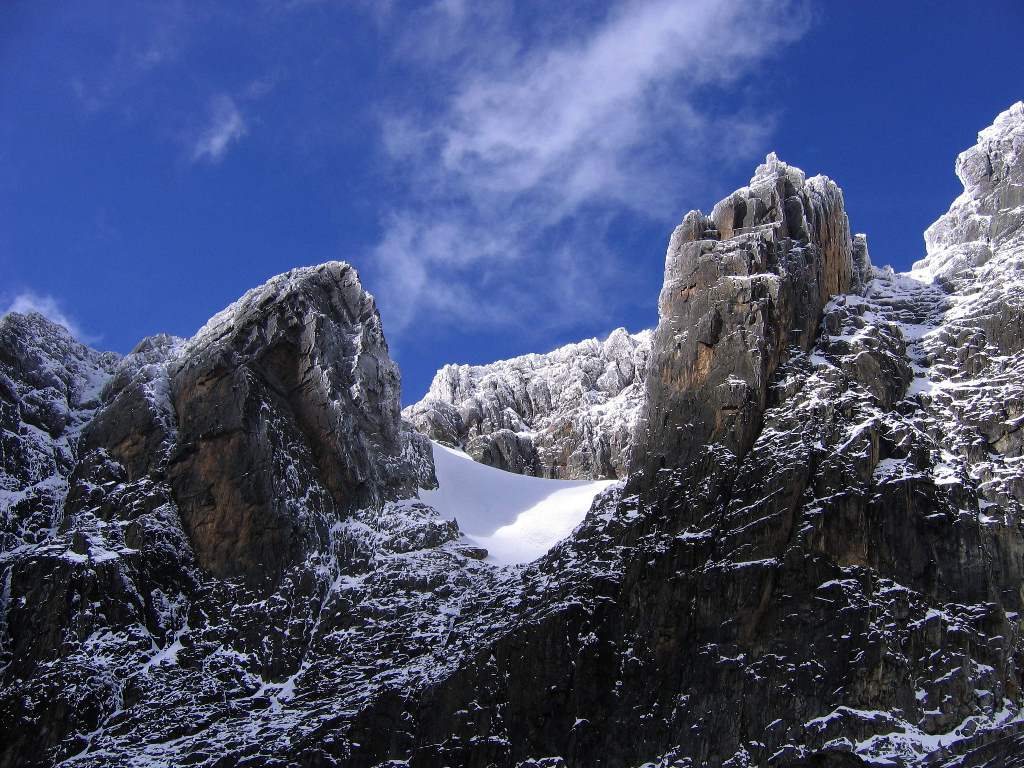
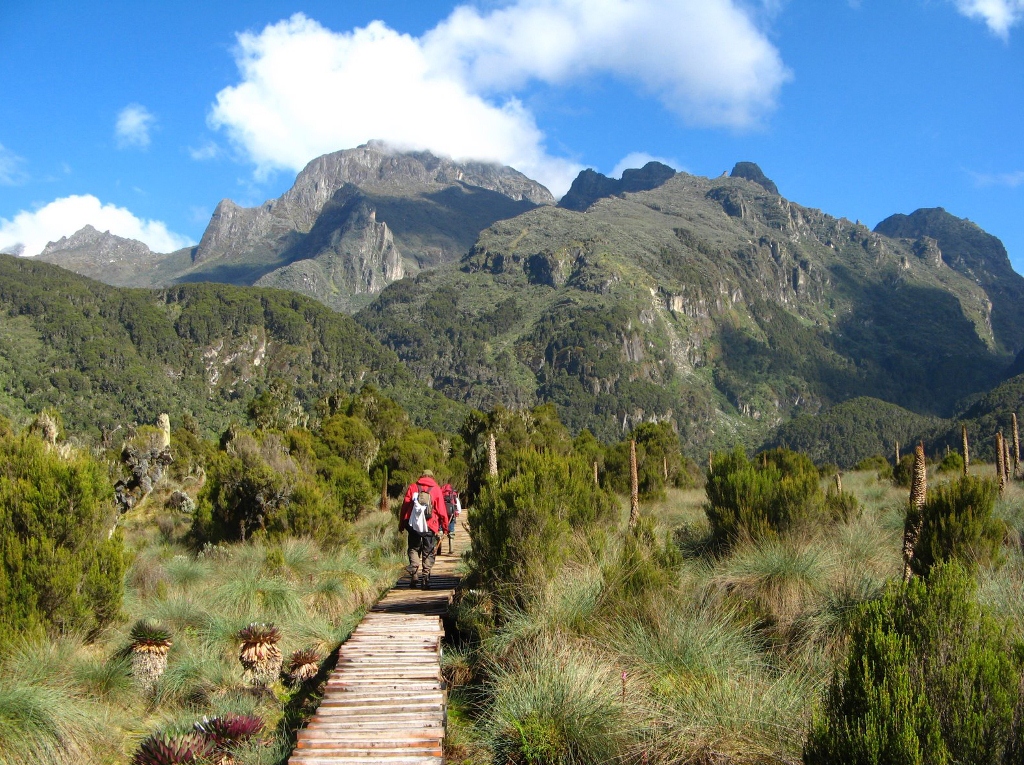
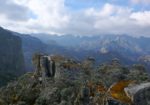
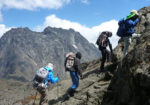
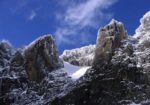
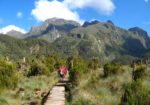



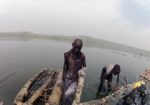







5 Comment
Congo Biodiversity bird species in Semuliki National Park – Uganda safari News – ugandanationalgameparks, 2019-07-05 at 2:00 PM
[…] National Park sprawls across the floor of the Semuliki Valley on the remote, Western side of the Rwenzori Mountains. Semuliki park is part of the Guinea-Congo biome, the only lowland semi-deciduous forest in Uganda […]
Hiking Mount Muhavura; A Treasure On The Uganda-Rwanda Border | Uganda Tourism Center, 2018-06-11 at 10:21 AM
[…] Muhavura before. “Hiking Mount Muhavura can be equated to ascending and descending portal peak of the Ruwenzori’s’’, another friend commented, arising vivid memories of the difficulties I had endured […]
This may be Africa’s most scenic mountain range, yet it struggles to attract tourists – medeemgl.com, 2018-04-05 at 5:15 AM
[…] Baker a try, and also take in the spectacular Enock Falls. Then there are also the bamboo forests Rwenzori Mountains National Park and the most permanent source of the Nile to discover. It’s no wonder Ptolemy was […]
Al W Copenhagen, Denmark, 2015-09-03 at 9:32 PM
I took a 3 days trekking to see how the forest feels like. I didn’t have too much time and money but it was an unique experience. Getting through all the different plant zones I felt like going back to prehistoric times (4 meters tall fern!). Along with my guide we were looking for chimpanzees, but didn’t manage to spot any. I reached altitude of 3550 meters (12 000 feet) and it was still full of plants, warm and no altitude sickness. I promised myself I will come back and reach mt Margherita to see more of the amazing plants and snow at the equator.
Martin M, 2014-03-19 at 9:29 PM
We hiked this mountain with a group of friends and would say it’s the most beautiful and most challenging mountain in Africa. I have been to Mount Kenya, Mount Kilimanjaro and Mount Meru but Rwenzori is a whole new level.
There are several mountain peaks in Rwenzori Mountain ranges. We climbed the highest, Mount Stanley which lies in the border of Uganda and DRC. Margherita peak on Mount Stanley with an elevation of 5,109 M, it is the highest mountain of both the Democratic Republic of the Congo and Uganda, and the third highest in Africa, after Kilimanjaro and Mount Kenya. To climb this mountain you will need gumboots because of water bogs, shoe crampons to help navigate the glaciers, ropes to hold the group together and waterproof jacket and pants. It’s always raining and also you will need rain covers for your bags.
The mountain is technical because you will be walking on water bogs, slippery rocks, dense rainforest and glaciers.
The scenery is breathtaking with beautiful mountain peaks, waterfalls, dense rainforest and rivers. There is also wildlife and you may spot elephants and other wild animals.We hired chef who was cooking for us. You will also need to hire guides and porters.
The mountain took everything we had but will definitely go back